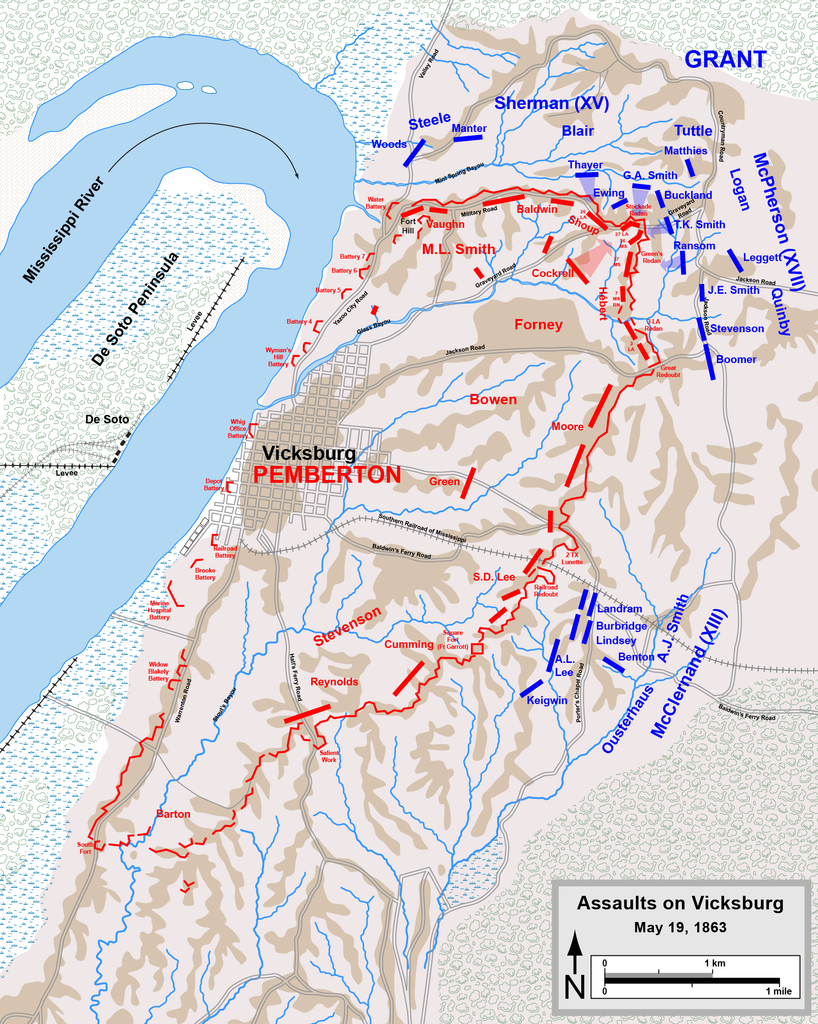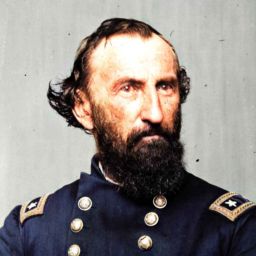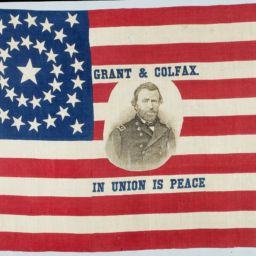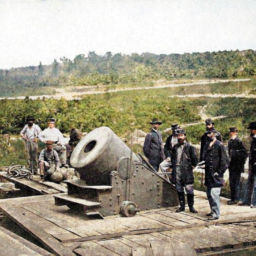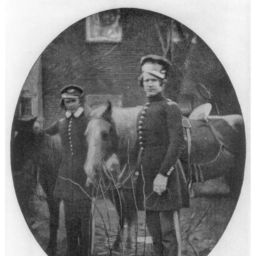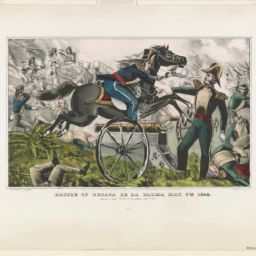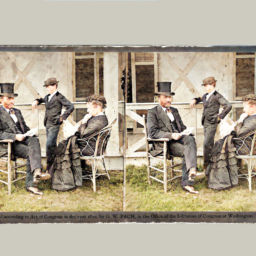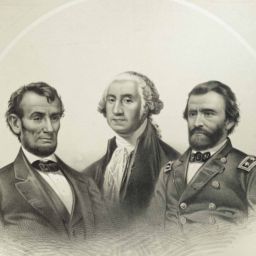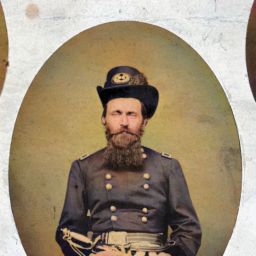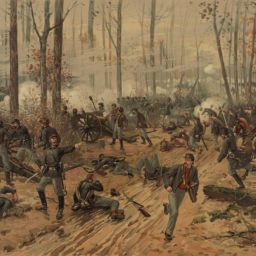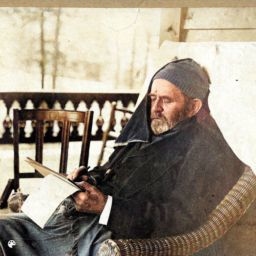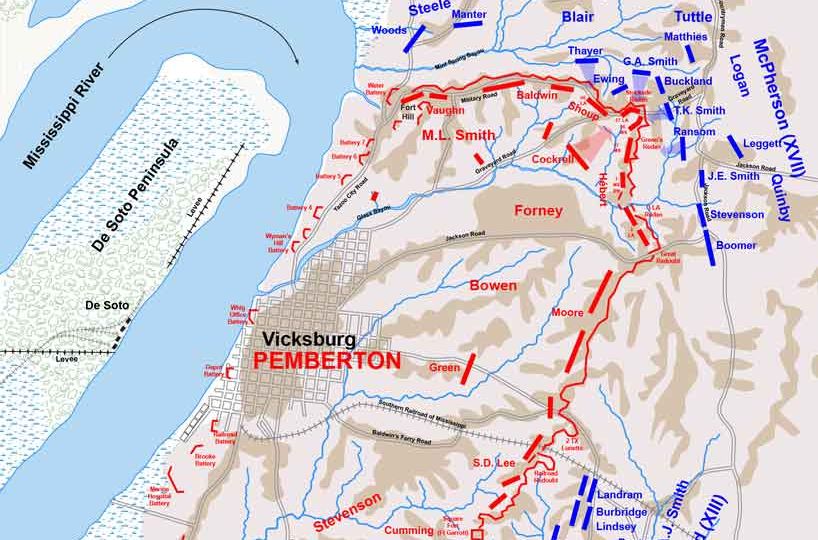
American Civil War, Western Theater, Vicksburg campaign. After his victories in route to his main objective of the Southern strategic hub of Vicksburg, Mississippi—at the Battles of Champion Hill and Big Black River Bridge, on May 16 and 17, 1863, respectively—Major General U.S. Grant attacked Vicksburg proper on May 19, 1863.
Ron Chernow writes in his biography Grant:
Grant ordered an assault for the afternoon of May 19, expecting the rebels to capitulate quickly. As an extra measure, he had [Acting Rear Admiral David Dixon] Porter project shells [from his riverboat fleet in the Mississippi] into the lower part of the city. At precisely 2 p.m., Grant unleashed three rounds of artillery fire, the signal for his entire line to storm the bulwark with its earthworks linked by rifle pits. (268–269)

Dr. Ronald C. White, Jr., in American Ulysses provides this assessment:
Haste in the assault had not allowed time for proper planning, usually a hallmark of Grant’s leadership. Writing later, Grant failed to take responsibility for proceeding too quickly and misjudging the enemy’s resolve. Rather, he defended the attack of May 19 as a way of “securing more advanced positions.” His losses counted 157 killed and 777 wounded. Confederate losses amounted to no more than 200.
Grant had miscalculated. First, he did not count on the fact that [Confederate General] Pemberton’s beaten troops, once back in Vicksburg, would become energized to fight even harder. Then, he did not fully appreciate how sophisticated were the defenses constructed by Chief Engineer Samuel Lockett. Also, he did not factor in that Pemberton had two divisions, led by John Forney and Martin L. Smith, well rested, having fought at neither Champion Hill nor the Big Black River. (279–280)
Corporal Theodore Wolbach, Company E, 16th Ohio Infantry Regiment, in the Holmes County Republican newspaper of Ohio described the attack and the remainder of the day:
On the morning of the 19th we were on the move early and after marching about two miles we began to see the distant yellow earth-works that environed the rear of the city of Vicksburg. As we deployed and swept forward in line, white puffs of smoke from the works disclosed to us the position of their batteries. Never faltering, the line pressed onward under the increasing fire that was noisy and warlike enough, though not very destructive, until we got within about one fourth of a mile, when the infantry began to peck away at us. In spite of this combined fire we approached close to the rifle-pits—the infantry of our brigade within about fifty yards. The rebel cannon in our immediate front were in position on the parapets. The exposed position of the gunners soon enabled us to silence their pieces. In gaining this ground several of the 16th were killed—the writer recollects two, John Jordon, of Co. E, and Jacob Megary, of Co. C, and a number wounded. Clouds of powder-smoke and the dark lines of Federals showed how the work was progressing far to our right.
The Confederate fortifications were now invested to about two thirds of their extent. The place occupied by the 16th was near the extreme left of the Federal line. The way was for a few days necessarily open to the south and if the rebels had chosen to, before reinforcements arrived and extended our line they could have made annoying sorties on our exposed left flank. The ground adjacent to the works was fortunately favorable to a beseiging [sic] army, permitting it to get, by a little resolution a good strong position within close rifle-range of the enemy, who had their line constructed on the higher ridges; we being in most cases located lower. The rebel rifle-pits formed the horizon in our front, and every hand or head that appeared above the crest was quickly detected by our watchful sharp-shooters. A lively fusilade [sic] was kept up from the time we struck the works in the forenoon, until it became too dark to see anything in the evening. From that on into the wee hours, talking, moving around and now and then a little shooting was kept up. The sound of the pick and shovel was heard on the crest of the hills to the rear, where entrenchments were being thrown up for the field guns that were fairly prepared for work next morning. The dead were carried back for burial and the wounded to the hospital, so when day dawned the front line had only their enemies to look after and let fly at them when they exposed themselves.
Sources:
Chernow, Ron. Grant. New York: Penguin Books, 2017. Kindle.
“First Assault on the Vicksburg Defenses (May 19).” Vicksburg National Military Park. (Website.) https://www.nps.gov/vick/learn/historyculture/firstassault.htm. (Accessed May 18, 2022).
White, Ronald C. American Ulysses: A Life of Ulysses S. Grant. New York: Random House Publishing Group, 2016. Kindle.
Wolbach, David. “The ‘Camp & Field Articles’ by Cpl. Theodore David Wolbach.” 16th Ohio Volunteer Infantry. (Website.) http://www.mkwe.com/ohio/pages/H015-00.htm. (Accessed May 18, 2022).
Inset image: Highsmith, Carol M. Cannons at the Vicksburg National Military Park in Vicksburg, Mississippi. November 10, 2016. Library of Congress, https://www.loc.gov/pictures/item/2017879512/. (Accessed May 18, 2022.)


